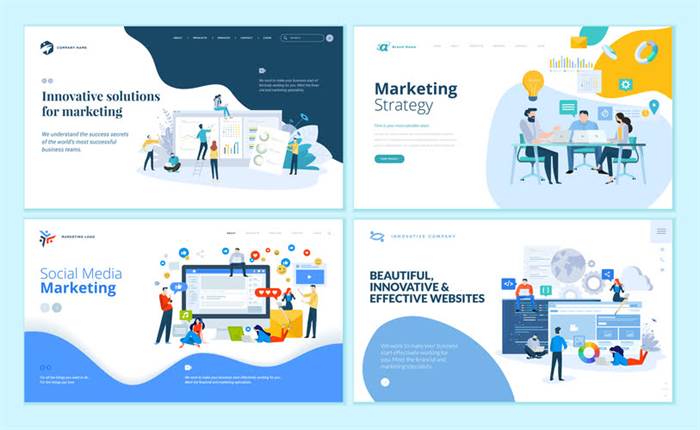Content
Each layer acts as modules/package/namespace within the application. Onion Architecture layers are connected through interfaces. There are two basic approaches to representing the layers in the code. The one that we used in our most recent project was to use a package naming convention.

Alistair Cockburn introduced it in 2005, with the core idea behind it being to make applications independent of direct dependency from UI and database. This isolation is supported through the concept of ports and adapters. Using different projects for different layers is only ever coincidentally a good idea.
Key Difference between Onion and Clean Architecture
The User Interface layer is responsible for presenting the information to the user and receiving input from the user. It can be a web application, a mobile application, or a desktop application. The User Interface layer depends on the Application layer and interacts with the user using the services and interfaces provided by the Application layer. The concept of Separation of Concerns forms the basis of onion architecture. It separates the application into layers based on their responsibilities. This makes the application more modular, easier to understand, and maintainable.

The way you check, is if it’s a domain concept. There is no domain concept of give me more data. Accounting, like I said before, has a list of concepts like account, debit, credit, an amount of money, a transaction, these kinds of things. You might need to do that logic of deciding whether it needs more data. Either do it in the interaction layer, or don’t. That domain operation though, that’s where the important stuff happened.
Microservices
The main issues we faced were related to maintaining the low connectivity of microservices. That’s why it was difficult to immediately divide the functionality into the necessary microservices. The system can be quickly tested because the application core is independent. DDD implies that you distinguish a certain bounded context, which is a set of entities tightly connected with each other but minimally connected with other entities in your system. Our customer needed a software system compatible with their hardware so that clients could buy equipment, install software and create and manage content. The challenge was to create a cloud software solution for a digital signage hardware manufacturer.
The clear separation of concerns between the layers makes it easier to modify and maintain the application. Changes in one layer do not affect the other layers, which reduces the risk of introducing bugs into the system. This makes it easier to replace both the tools and the delivery mechanisms used by the application, providing some protection against technology, tooling and vendor lockdown. When the application runs and calls the index() action method from UserController with a HttpGet request, it gets all the users listed in the UI, as shown in Figure 4. This is the first view when the application is accessed or the entry point of the application is executed.
Adding the Required Interfaces And Packages in Application Layer
Developing a system core which is both stable and efficient is essential when basing a system’s architecture to that of an onion. By emphasizing the separation of concerns and dependencies in this layered fashion, this will increase the quantity of maintainable applications running simultaneously. If onion based architecture is set up properly, it is intended to provide insurance against the evolution of technology that can make products obsolete not long after they are developed. The application follows the https://globalcloudteam.com/ pattern. Instead of building a highly decoupled structure, we often end up with several layers that are depending on each other.
- In this article, we will learn about an approach with which we will build a SUPER-FAST Repository Implementation using all the latest libraries and concepts….
- This makes it easier to replace both the tools and the delivery mechanisms used by the application, providing some protection against technology, tooling and vendor lockdown.
- Manual deployment and updating would be challenging because even the smallest project comprises from five to ten microservices, while large systems may comprise up to 500 microservices.
- The number of layers in application will vary but domain is always at the center.
- // the users balance for the cost of the transaction.
By controlling the domain through the API, and inserting all business logic within the domain, we have a portable application. We should never include technological concepts like database, REST, or SQL. The core layer, being the central layer, doesn’t even know that your domain, API, and infrastructure exist. Overall, Onion Architecture is a useful pattern for developing software applications that are modular, easy to understand, and maintainable. It is particularly useful for complex applications that require flexibility and scalability. By following the principles of Onion Architecture, developers can create high-quality applications that meet the needs of their users and stakeholders.
Implement Onion Architecture.
Robert Martin introduced Clean Architecture in 2012. The core concepts are similar to Onion Architecture, but it has a slightly different terminology. Here, the domain model is referred to as an “entity”.

All the internal layers need not be concerned about internal implementation of external layers. Application architecture is built on top of a domain model. Using Gradle setup as an example, one can define three modules — domain, application, and infrastructure — in settings.gradle file. Then, in the build files corresponding to each of the modules, declare their dependencies, clearly defining the direction of dependencies.
Onion architecture with ASP.NET Core WebAPI
I’ll be writing more about the Onion Architecture as a default approach for building enterprise applications. I will stay in the enterprise system space and all discussion will reside in that context. This gets even more interesting when there are multiple processes making up a single software system. No direction is provided by the Onion Architecture guidelines about how the layers should be implemented. The architect should decide the implementation and is free to choose whatever level of class, package, module, or whatever else is required to add in the solution.